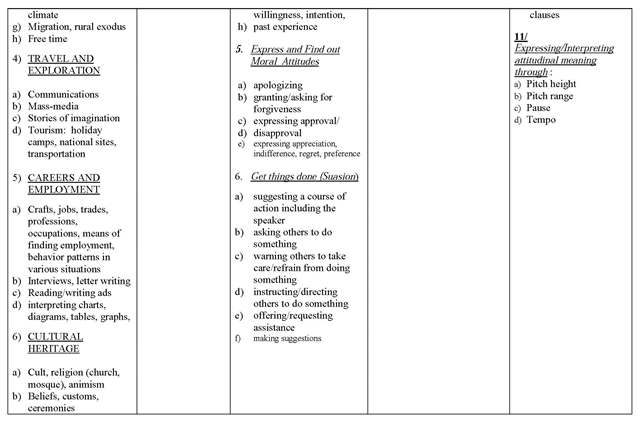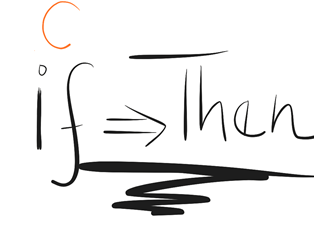Week Four: We have been busy reading various articles related to the four skills, mainly Reading, Writing and also the subskill of teaching vocabulary.
Two of such articles I have read focus respectively on reading and reviewing articles about the teaching of reading and writing. The first article about writing by (Jarek & al), Using the Internet in ESL Writing Instruction, makes a brief summary of previous reseach done in the field of writing in C.A.L.L. Then its writers address a few issues that impact on CALL implemention. Those include, the classroom settings, the techology materials available, the classroom teaching hours. With respect to the latter, the writer suggests that 4 to six hours be used to teach writing online to secondary school students.
Some advantages to using C.A.L.L for writing in the classes are manifolds. I do aggree with (Jarek & al), who believe that: First it helps to break from classroom routine. Second it brings authenticity in the class. It can promote peer reviewing and collaboration. The reason is the internet abound with suitable resources and webpages with ready made reading activities. The multi-skill building websites we have been referred to includes many of such examples. The http://www.rong-chang.com/reading.htm website and manythings.org are a few of these. Second, the variety of resources will enable the learners to exploit them individually and share with the class.
Some advantages to using C.A.L.L for writing in the classes are manifolds. I do aggree with (Jarek & al), who believe that: First it helps to break from classroom routine. Second it brings authenticity in the class. It can promote peer reviewing and collaboration. The reason is the internet abound with suitable resources and webpages with ready made reading activities. The multi-skill building websites we have been referred to includes many of such examples. The http://www.rong-chang.com/reading.htm website and manythings.org are a few of these. Second, the variety of resources will enable the learners to exploit them individually and share with the class.
But teaching writing specially with large classes poses that problem of giving approriate and timely feedback to the students. This challenge looms up at the very beginning for the preparation of CALL writing instruction. Most of the time the teacher has to help or set up accounts for all the studetnts. As this may be daunting the teacher should resort to other methods of managing the accounts. This can be detremental to the amount of practice the students may receive.
The approach for the improvement of writing is oriented to the genre. Below is a list of genres mentioned
- Letter writing (Friendly)
- Formal letter (reaction to an issue) Biography
- Argumentative Essay writing: (For or against)
- Festival and ceremony description
- Book or film review
- Newspaper report
Three techniques that can be used to enhance students' perfomance in writing include: Emailing, key paling and webpublishing, according to the authors' article. I particularly find Key paling very interesting and motivating for student. It involves students to exchange or collaborate with their peers from different horizons. Howver careful planning can be crucial for the success of such activities.
The second paper I read is entitled Three Extensive Reading Activities for ESL/EFL Students Using E-books. The article taps through the different possibilites teachers can use ebooks to improve the reading skill. It follows the pattern of choosing, reading and evaluating.
CHOOSING
- The teacher provides links to a certain number of ebooks.
- The students use a study guide temple to decide on the choice of three books.
- The students vote for the three best books to read.
READING
- In groups of three, the students use the study guide to exploit book
- Students read and report online or in class
EVALUATION
- Groups review the books according to a standard
- Groups give feedback online
from Mei-Ya Liang's article Three Extensive Reading Activities
Note on the readings and my Technology Enhanced Lesson Plan:
Among the assignments this week we were required to compose a lesson plan, using a template. My lesson plan draws many ideas from what I have read. It's a blend of ideas from both articles. The lesson plan was aimed at teaching writing with a Pre-intermedate class. Following a genre approach I target a website with biographies. Then I tried to use it a first hand resource for the students. In groups, students will have to read a biography and complete a chart which will enable them to rewrite the biography without copying whole passage. In a final step, they will have to discuss in group to submit an online survay which will serve as a review for another groups biography.








